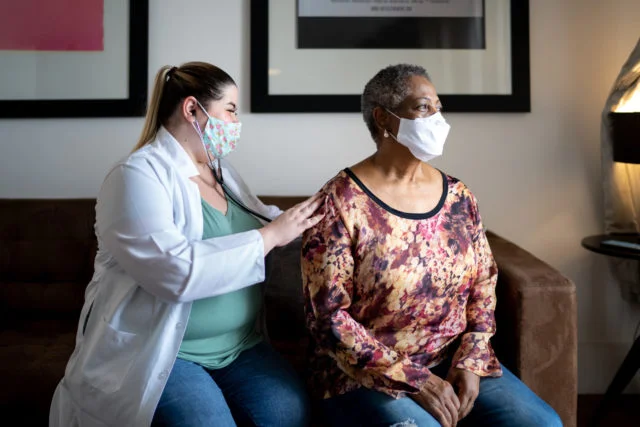Tag: socioeconomic

Numerous articles have appeared here in recent months about the ways that racial disparities are infused into our financial and economic systems. Two barriers to Latinx and Black workers’ ability to save, for example, are less health insurance coverage and more burdensome student loan payments than White workers have. Or consider the different long-term housing…

When workers develop disabilities on the job, it often has some connection to where they live. Musculoskeletal conditions like arthritis and tendinitis can happen anywhere but are especially prevalent in a swath surrounding the Kentucky-West Virginia border and running south to Alabama. Intellectual disabilities and mood disorders like autism and depression are common in Vermont,…









